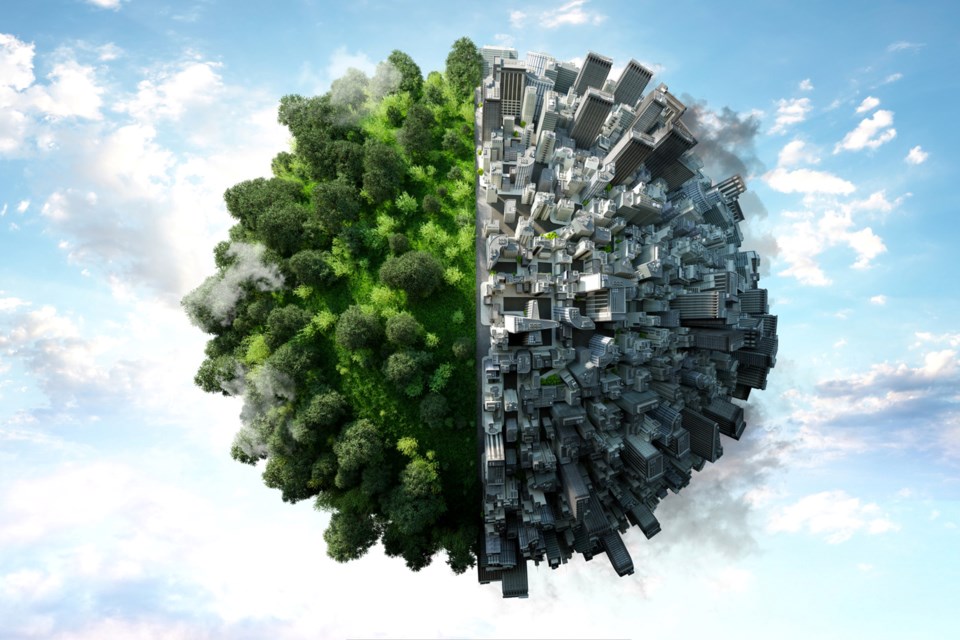Studying large scale interactions is hard.
One of my university professors once made a joke about the complexity of different sciences, pointing out chemists generally deal in half a dozen variables while biologists can name everything.
It was a joke in poor taste, but it points out one of the fundamental problems in science. The more complex a system is, the harder it is to understand it. Complexity, such as that found in biology and studies of ecosystems, is very, very hard to understand.
Perhaps a simple example can be provided by the game Jenga. You never know which piece is important. Removing it brings the whole thing tumbling down. Now imagine a Jenga tower made up of millions of pieces. Sure, you can remove some pieces with no ill effect but at some point the whole thing will crash.
These are what scientists call “tipping points” and on May 31st, Nature published an article by the scientists who are part of the Earth Commission arguing that we have passed seven of the eight scientifically established safe limits for life on this planet.
These include the built environment, nitrogen and phosphorus contamination of water, groundwater supplies, along with climate. All are in the red zone, according to the article. The only one which isn’t there yet is air pollution although at a local level it can be unsafe to breathe. Indeed, air pollution is the primary causative factor in some four million deaths each year.
Does this mean the world is doomed to crash?
No, but it does certainly suggest we should consider our choices. Our economies operate on the principle there is an unlimited supply of everything and we can keep consuming more and more with little or no consequences.
In Canada, we have a vast landscape filled with natural resources. We see this as wealth and it is. But it is also limited, as the forestry industry is coming to realize. There are only so many trees available suitable for harvest. When they run out, we will need to have a different economy.
The basic premise underlying the world’s economy is one of perpetual growth. But, to use another analogy, it is like a balloon. Inflate it too much and it will pop.
Todd Whitcombe is a chemistry professor at UNBC



